Environmental Soil Science
Environmental soil science
In order to develop re-vegetation techniques for forests after disturbances such as fires or clear-cutting, we study the change factors that regulate the dynamics of nutrient mineralization, immobilization, and turnover in the soil-plant ecosystems. We also study techniques of utilization and recycling of organic waste as a re-vegetation material.
Environmental soil science unit URLStaff
 | Prof. Dr. Kazuto SHIMA E-mail: ittetsu@(@okayama-u.ac.jp) |
Prof. SHIMA was born in Yokohama,and graduated from Okayama University. He earned a PhD from Okayama University with the thesis “The study of Nitrogen Dynamics in Secondary Forests”. His specialty is re-vegetation technology, environmental soil science and restoration ecology. His current research theme covers the following: creating: a regional nutrition dynamics system using organic compost from waste and sewage sludge, devising techniques of utilization and recycling of organic waste compost, and conservation of plant-soil ecosystems after disturbance of artificial forest.
He enjoys fieldwork, and his field trips have varied considerably, ranging from forests in mountainous regions, “Satoyama” secondary forests and urban parks, to rubber plantations in tropical countries. He also has a long experience of being involved in re-forestation studies in the Black Sea region in Turkey
Research Subjects
|
Studies of restoration and re-management of reclaimed land and disturbed woodland. | 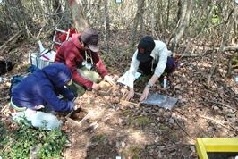 Measuring the amount of organic matter accumulated on the forest floor in a SATOYAMA. |
|
Ecological research into nutrient dynamics in secondary forests and re-vegetation sites. | 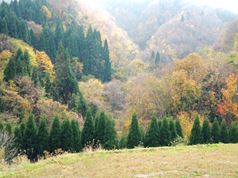 Typical SATOYAMA - Secondary |
|
Technical studies of bioresource utilization for establishing a biofuel supply chain model based on ecosystem information. | 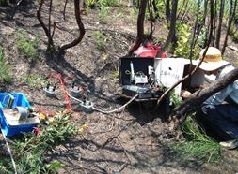 Measuring the change of CO2 release from soil on a forest fire-affected slope. 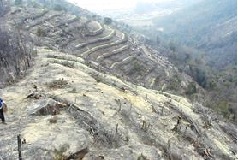 Re-vegetation site in Okayama pref. |
|
We study the ecosystem function of secondary forests using nutrient cycling and plant population dynamics to establish a sustainable management system, through which we can enjoy the diverse forest ecosystem services in balance. | 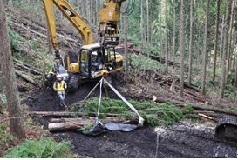 Measuring the weight of timber to estimate the bioresources of an artificial forest. 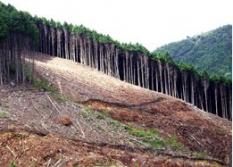 50-year-old artificial forest after clear cutting. |
|
Utilization and recycling technique of organic compost from waste and sewage sludge. | 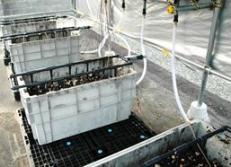 Measuring the temperature and CO2 release from municipal solid waste during the composting process. 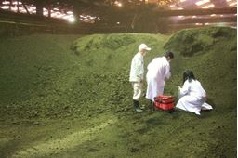 .A sample collection from a composting plant for chemical analysis of domestic products. |
|
Composting of sewage sludge and municipal solid waste has been considered an attractive waste management method for effective reduction of waste volume. But the effect of refuse compost applications on the soil-plant system are not yet well understood in humid tropical areas. We focus on changes in the chemical properties of sewage sludge and municipal solid waste during the composting process and changes in nutrient dynamics in soil-plant ecosystems after their application as an organic fertilizer. | 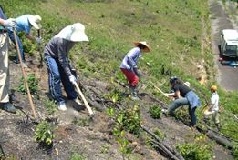 Application of sewage sludge compost as a nitrogen fertilizer to a fire-affected forest slope. 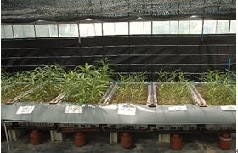 Greenhouse experiments were carried out using sewage sludge compost to determine the optimum rate of N and P in sandy soil. |
Publications
- TANDIA,M.,SHIMA,K.,and CHIBA,K.,(2001)Effct of the Change of Soil Moisture Content on Nitrogen Mineralization rate and CO2 release - Case of Topsoil form a 9-years old burned Forest.J. Jpn. Soc. Reveget., 26(4),280-288
- AHAMAD.A., K.SHIMA, and K.CHIBA(1999) Effect to nitrogen source on carbohydrates allocation and nitrogen assimilation in Nerium oleander L under salt stress. J.Jpn.Soc.Reveget.Tech.,24(1),22-30